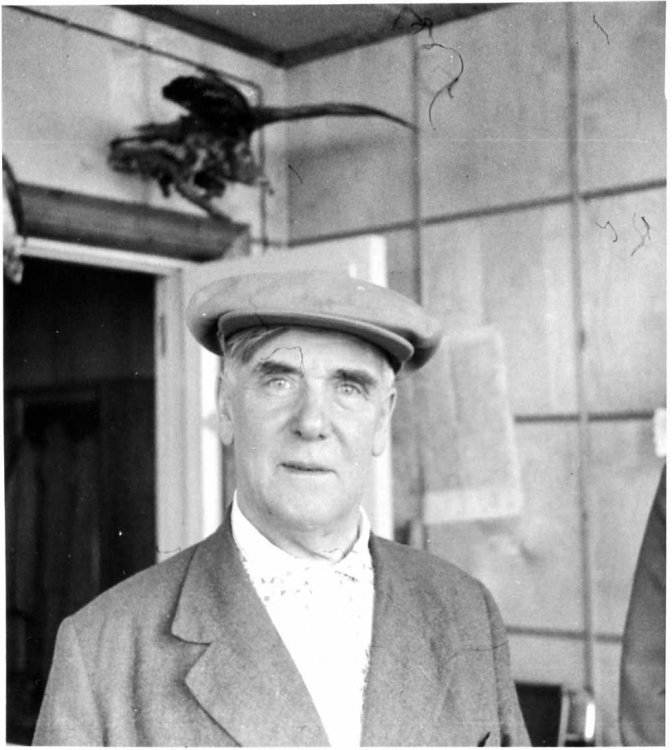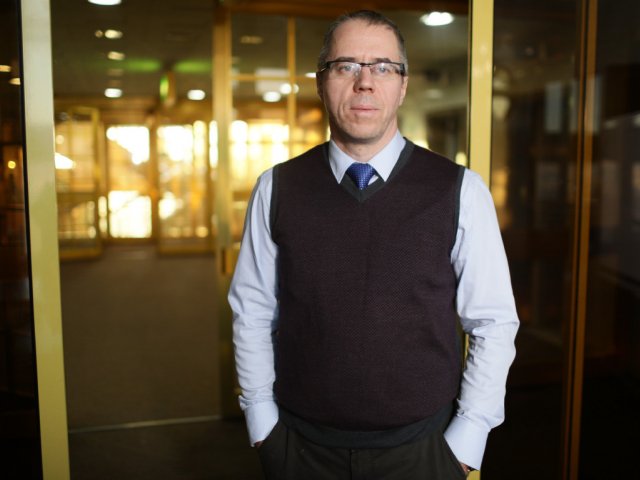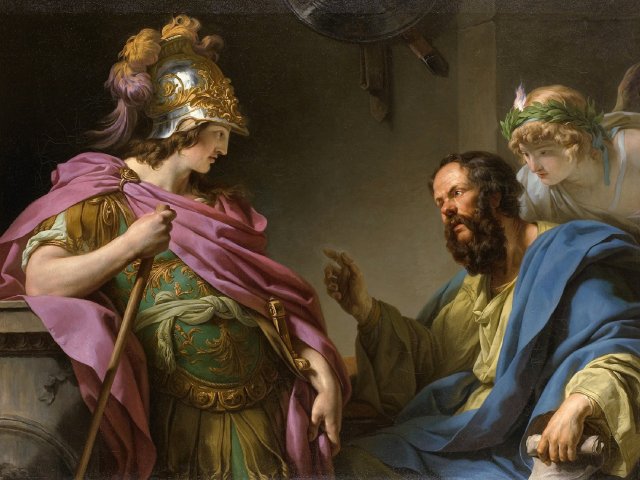Official:
Pyotr Leonidovich Kapitsa. June 26 (July 8), 1894 – April 8, 1984. Soviet physicist, founder of the Institute for Physical Problems. One of the founders of the Moscow Institute of Physics and Technology. Winner of the Nobel Prize in Physics. Twice winner of the Stalin Prize (1941, 1943). Twice Hero of Socialist Labor (1945, 1974). Full member of the USSR Academy of Sciences. Full member of the Royal Society of London.
Life and Work:
1. The main sign of talent is when a person knows what he wants, said the remarkable physicist Pyotr Leonidovich Kapitsa.
2. On July 8 (Gregorian calendar), 1894, in Kronstadt, Lieutenant General of the Engineering Corps Leonid Petrovich Kapitsa and his wife, Olga Ieronimovna, nee Stebnitskaya, had a son, Pyotr. It was Pyotr Kapitsa, who was destined to become a famous scientist, make fundamental discoveries in low-temperature physics and to receive the Nobel Prize for it.
3. The future famous scientist failed to finish the gymnasium. Latin was the reason: because of it, he had to enter the Kronstadt Nonclassical School.
4. Professor Ioffe noticed the able student of the Electro-Mechanical Department of the St. Petersburg Polytechnic Institute. He invited the student to his seminar and to work in the laboratory.
5. Pyotr Kapitsa met World War I in Scotland, where he spent his holidays studying English. In 1915, Pyotr Leonidovich left to the front line as a volunteer.
6. In 1916, the ambulance driver Kapitsa was demobilized and sent to finish his studies at the institute.
7. Since young age, Pyotr had shown great hopes and had been sure that he would become a famous physicist. He was so sure that together with his friend Nikolay Semyonov, he persuaded the artist Boris Kustodiev to paint a portrait of future celebrities. Drawing the portrait of Chaliapin, the maestro sighed: “For the first time in my life I paint unknown, but very persistent young people.”
8. In 1921 – the same year when this portrait was painted – Kapitsa went to England. Academician Ioffe asked Rutherford, who headed the Cavendish Laboratory in Cambridge, to take Kapitsa on an internship. Rutherford declined due to lack of vacancies. But Pyotr Leonidovich was not easily discouraged: “Could you tell me with what margin of error you conduct experiments?” “Three percent,” Rutherford said, puzzled. “And how many people work at your place?” “Thirty.” “Can’t I be within your margin of error? Then you won’t even notice that I work for you!”
9. Rutherford employed Kapitsa, but he could not help noticing his work: it was so successful that Rutherford secured a special grant for it.
10. At the end of 1922, the Kapitsa Club opened in Cambridge – a permanent physics seminar under his guidance. However, Pyotr Leonidovich treated guidance in a peculiar way. His thought, expressed in this regard, went down in the annals of aphorisms: “To lead is not to interfere with good people’s work.”
11. In 1934, Pyotr Kapitsa was forcibly returned to the USSR and banned from leaving the country. But fortunately, he was not imprisoned or shot, but appointed director of the Institute for Physical Problems.
12. Among the most important Pyotr Kapitsa’s works are the discovery of the superfluidity of liquid helium, the study of super-strong magnetic fields, the development of an industrial gas liquefaction plant – the so-called turboexpander. In his last years, Pyotr Leonidovich worked on thermonuclear fusion problems and on the problem of holding high-temperature plasma in a magnetic field.
13. Kapitsa’s name was given to the so-called Kapitsa’s pendulum – a mechanical phenomenon that demonstrates stability outside the equilibrium position. This is a system consisting of a weight attached to a light non-stretchable spoke, which, in turn, is attached to a vibrating suspension. In 1951, Pyotr Leonidovich created a theory to describe such a system.
14. Physicists are well aware of the Kapitsa–Dirac quantum mechanical effect – it demonstrates the scattering of electrons in the field of a standing electromagnetic wave.
15. Simultaneously with scientific research, simultaneously with the famous seminar – kapichnik – Kapitsa had been actively pursuing human rights activities since the 30s.
16. In the terrible year of 1937, Pyotr Kapitsa was inspired by his civic and scientific courage to protest against the fact that scientists were banned from reading foreign journals. This courageous act did not yield any results.
17. Other letters to the government and to Stalin had an effect: Kapitsa saved several scientists from death, including the great Lev Landau.
18. Being a true scientist, Kapitsa promoted education – it was he who stood at the origins of the famous Phystech.
19. Pyotr Leonidovich actively fought against pseudoscience – in 1955, he signed the famous letter of three hundred, which marked the revival of biology and decline of Lysenkoism.
20. It was Kapitsa who prevented the expulsion Andrey Sakharov from the Academy of Sciences by reminding about the precedent: Einstein was expelled from the Academy of Sciences by Hitler.
21. During the revolution, Pyotr Kapitsa lost almost the entire family: his father, his wife, and two small children died of Spanish influenza in Petrograd. In 1926, in Paris, Pyotr Kapitsa met Anna, the daughter of Academician Alexey Nikolaevich Krylov. Their marriage gave birth to Sergey, a future physicist and science popularizer, and Andrey, a geographer and geomorphologist.
22. Until the end of his life, Pyotr Leonidovich was true to his own words: an academician who does not work in science is no longer a scientist. If the academician is still remembered ten years after his death, then he is a classic of science, claimed Pyotr Kapiza, a classic of science, as we now know.






















